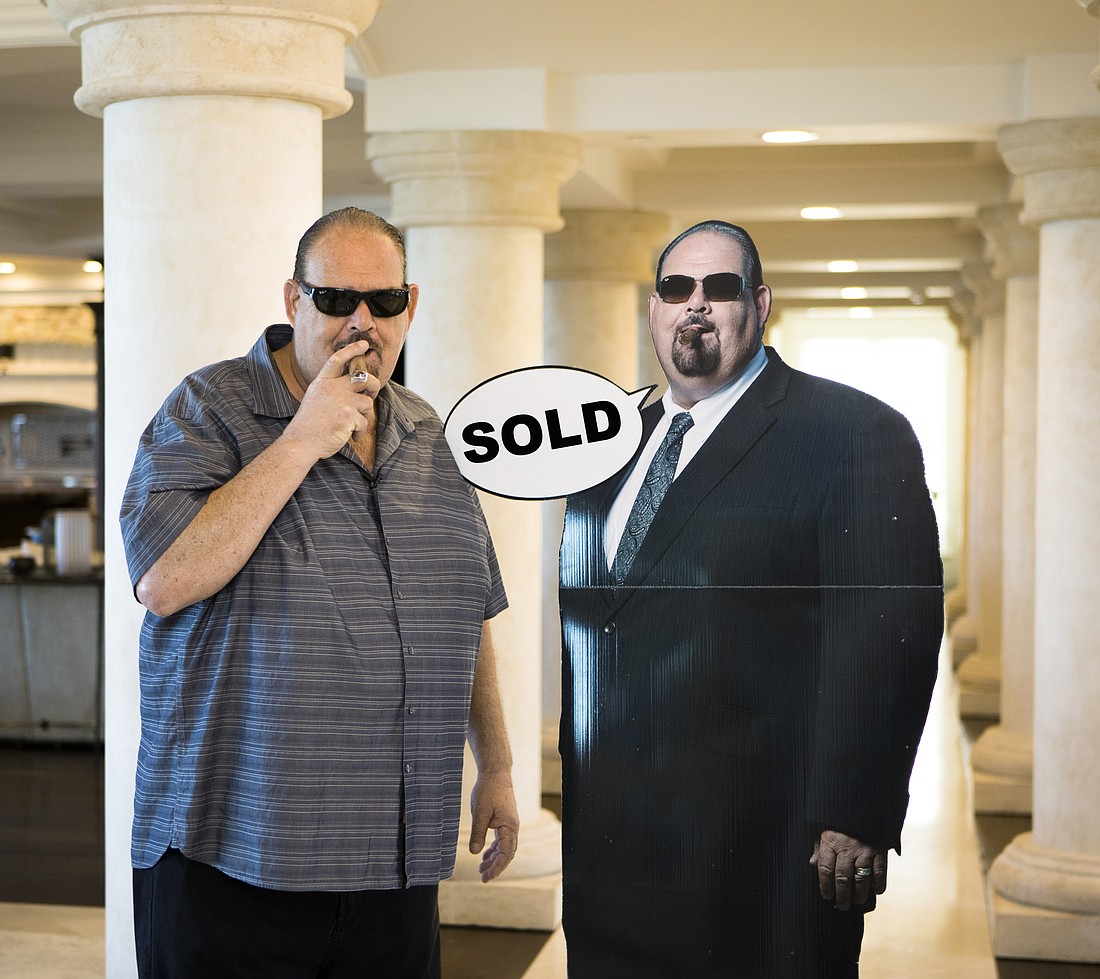- December 15, 2025
-
-
Loading

Loading

If you’re a realtor, how do you sell a 37,000-square-foot mansion that boasts eight bedrooms, a six-car garage and 200 feet of Gulf frontage when the super-private seller doesn’t want it publicly listed for sale?